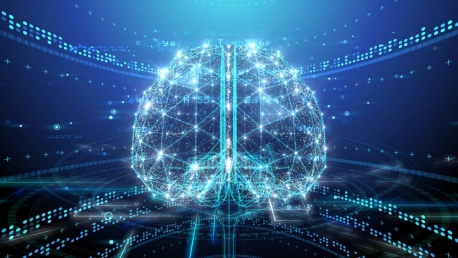Machine Learning (ML) is a subset of Artificial Intelligence (AI) that we are encountering more frequently. Interactions with banks, online shopping and even Netflix movie recommendations are all examples of machine learning algorithms at work. While machine learning algorithms aren’t new, the ability to automatically apply complex mathematical calculations to big data is. In this article, we will discover the applications and limitations of machine learning.
Machine Learning—The Future of the Digital World
As ML becomes more ubiquitous, organizations and companies will need to have working knowledge of the process. More businesses produce and manipulate large volumes of data, and they need to process it more intelligently at a lower cost. This translates into the need for automated models that can analyze large amounts of data with accurate results. By building these models, organizations increase their chances of identifying profitable opportunities while avoiding unknown risks.
10 Key Features of Machine Learning
The main purpose of machine learning is to enable autonomous learning without human intervention or assistance. Here are the 10 key features of ML:
Email monitoring. Algorithms can be an important tool to detect cyberattacks by monitoring emails in real-time. With this type of software, you can prevent phishing attacks, malware, or data leaks.
Financial advice. Machine learning functions can be used to monitor expenses, identify cost trends, or to recommend savings strategies.
Trading monitoring. ML can be used for stock price prediction or behavior analyses.
Content generation. Machine learning tools extract curated content from web sources to tailor content to customers’ preferences.
Optimized user experiences. ML techniques are effective in marketing and can optimize the cost of customer acquisition from first contact to conversion.
Detection of financial fraud attempts. It can be applied to strengthen the security of transactions or to detect financial fraud. Algorithms can identify fraudulent or suspicious behavior—thereby helping banks and other institutions to maintain high levels of security.
Diagnostics in healthcare. ML algorithms can diagnose and detect certain diseases.
Automated recommendations. Machine learning and other AI technologies can analyze and provide real-time recommendations regarding products, prices, and services.
Shipping efficiency. The transport industry relies on data analysis and identification of traffic trends—which can be provided by machine learning technologies.
Machine Learning in the Age of Deep Fakes
In most cases, deep fakes start as innocent jokes or as part of digital marketing campaigns. But the technology behind them is risky and can cause issues in society, economics, and politics. ML algorithms and AI technologies can prevent and detect deep fakes, as well as the offensive or misleading implications they cause. In the same way that AI is used to create deep fakes, it is also a useful tool to combat their negative effects.
What Are the Limitations of Machine Learning?
When analyzing the potential of ML to optimize your business processes, it’s important to understand its limitations. As useful as automating the transfer of intelligence from humans to machines is, machine learning is not a perfect solution for data processing.
First of all, it is not knowledge-based, but data-driven. Thus, its intelligence and capabilities are dictated by the amount of data used to train the algorithm. Secondly, machine learning models require large volumes of data to create algorithms, and the process also needs human assistance with dataset categorization. Furthermore, ML is prone to data errors.
Conclusion
More businesses are improving their processes by harnessing the power of big data and machine learning. Your company can gain a competitive advantage with ML, but understanding its limitations is a crucial factor to consider.









